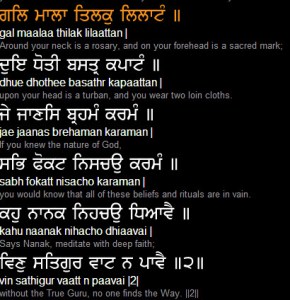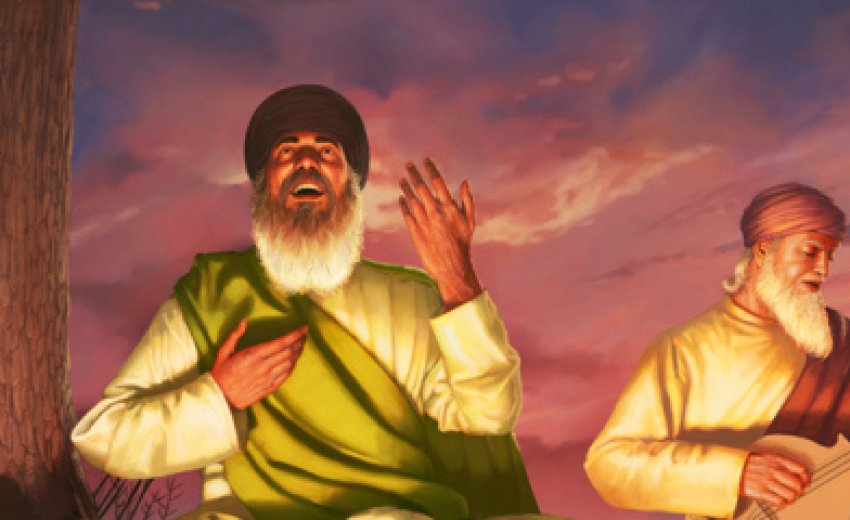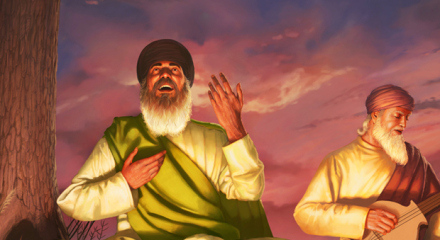| Gurpurab: A Celebration Or Call To Action? |
|
Wherever social injustice existed, Guru Sahib spoke out. Whereas society was delineated by caste, designed to keep power with the few, Guru Sahib created a parallel society based on equality, sharing, and dignity. Whereas women were positioned as lower than the lowest caste, Guru Sahib empowered women by prohibiting practices that lessened their role or potential. And when the manji system was established, women were not only active participants, but also held leadership positions in the sangat and were expected to help spread Guru Sahib’s message. Whereas religious discourse was only reserved to the highest caste, Guru Sahib spread his new message to the masses, so that everyone could be inspired. Every way in which society was designed to suppress an individual, to limit their potential, to leave them powerless, Guru Sahib found a way to take the common man and uplift them and empower them, so they could ultimately challenge that very establishment that suppressed them. Unfortunately, we still live in a world with rigid inequality – all kinds – race, gender, socio-economic, even caste. And we only have to turn on the evening news for a few minutes to see what dictator is oppressing a minority somewhere in the world. So I would submit that Guru Nanak’s revolution is not complete. In fact, it was Guru Nanak in his 10th form that established the khalsa with the intention of continuing Guru Nanak’s revolution in our modern day. And if you agree with me, then we must re-think what today really means to us and how we celebrate our gurpurabs. Guru Sahib began a revolution…he did not tell us to go off to the hills in seclusion and meditate all day. Instead he wanted to us to live in this world, to inspire ourselves through baani, simran, reflection, to live a disciplined life according to his teachings, so we can ultimately continue out his mission…and serve humanity. So if today we simply listen to shabad’s written by Guru Nanak and all of us wish each other gurpurab di mubarak and go back home and on with our lives, then we will have done a great disservice…we will have missed the point. In Sikh tradition, we don’t just celebrate…we reflect on the Guru’s teachings and try to live it. Our gurpurab is not a celebration…it is a call to action. When I ask the kid’s in our class or at any camp, what do you think of when we say ‘Guru Nanak’? The answer is almost always the same – Naam Japna, Vand Chakna, and Kirt Karni – the three golden rules. Although I grew up with these same golden rules, I wonder, where did it come from? I’ve read books dating back 100 years that refer to these same golden rules, but of Guru Nanak’s entire body of work, who decided on these as the golden rules? And why did we limit ourselves to these three? Perhaps it is because they can easily be checked-off – if I do my paath, share, and not cheat people for money, I’ve accomplished all three, right? But 500 years later, with the challenges we have before us, I argue we need to add to this list of golden rules – for ourselves and for our children…it’s time we up our game. From my understanding of Guru Sahib’s baani and history, there are some powerful concepts that should also become part of our daily lives and discourse. I will offer a few:
 These are additional golden rules that I need to bring in my life. What’s challenging about these additional rules is that they are hard. They require me to get out of my comfort zone and change my lifestyle. I’ve even tried to “unlearn” these rules because it is much easier to simply be happy with the way things are…but my Guru won’t let me forget, he tells me Jau Tau Prem Khelan Ka Chao, Sir Dhar Tuli Gali Meri Aou – “If you desire to play this game of love, then step on my path with your head on your palm.” So let this gurpurab be a call to action…before leaving the darbar hall today ask yourself what are you going to do? What change will you make? What of Guru Sahib’s principles will you bring in to your life? And let today’s ardaas formalize your commitment By bringing these principles of gurmat in to our lives and developing our relationship with the Guru, the personality of Guru Nanak comes alive. His desire to learn, his pursuit of justice, his compassion, his humility, his love for humanity…what better way to celebrate his life? Here in America, we are constantly finding ways to explain to people who Sikhs are and what Guru Nanak was all about. But the best way we can educate people about Sikhi is not by telling people about Guru Nanak, it’s about showing them the Guru Nanak within you. |



